The Accidental Art World of DOS
Whenever you exit a DOS game, a little nice glitch-like screen appears, and it may be perhaps be pretentious to say this, or even anti-art, but the exit screen on some DOS games can look very art-like at times, despite the fact that they are most likely data just throwing up, so to speak. The glitch-like scree only happens for about half a second, and as far as I'm aware it doesn't happen for all games or programmes, but nevertheless I think it looks kind of cool, so here are some DOS games, and their exit screens.
Matchbox (2013)Rather simple platformer about a man just running along an empty world, made by Sos Sosowski for Ludum Dare 28. You can download the game by clicking here.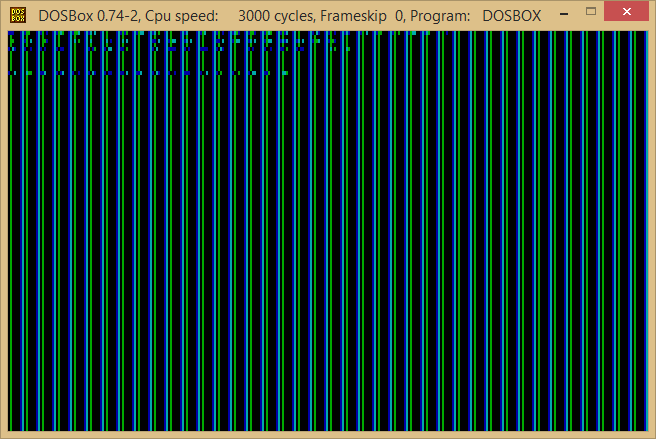 Beyond Castle Wolfenstein (1984)Being a direct sequel to 1981's Castle Wolfenstein, Beyond Castle Wolfenstein was the last instalment to be released by the original developer, Muse Software, before the name was reused by id Software in 1991 for their first person shooter, Wolfenstein 3D.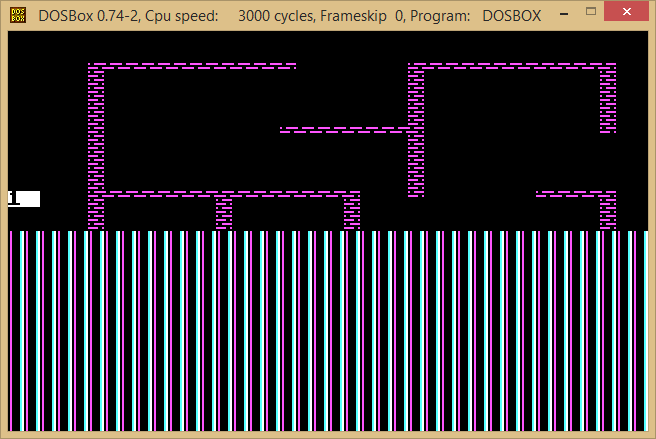 Viana do Castelo (2017)When you first open up this platformer, this nice little spill of code shows up.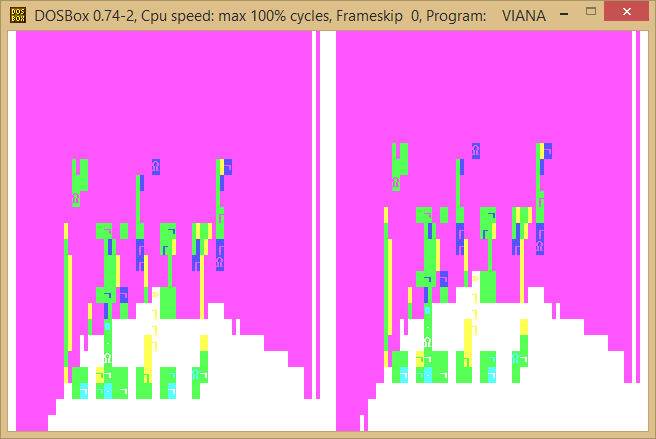 Dangerous Dave in Copyright Infringement (1990)Early tech demo that was made before id Software formed and Commander Keen was released, this game was given to Nintendo as a way to see if they would adopt the engine, hire id, then release the Super Mario games on DOS. Nintendo rejected this idea, and so we have an oddity of time.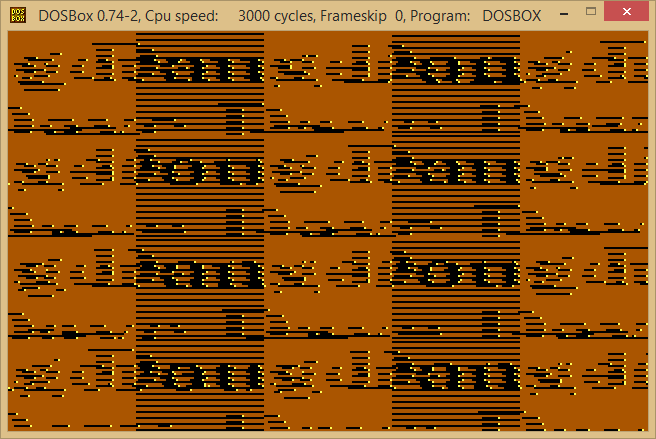 Gobman (1992)A fun example of a Pac-Man clone that has a few changes, such as collecting bombs, hourglasses, and special red dot to use against the monsters. Play the game here.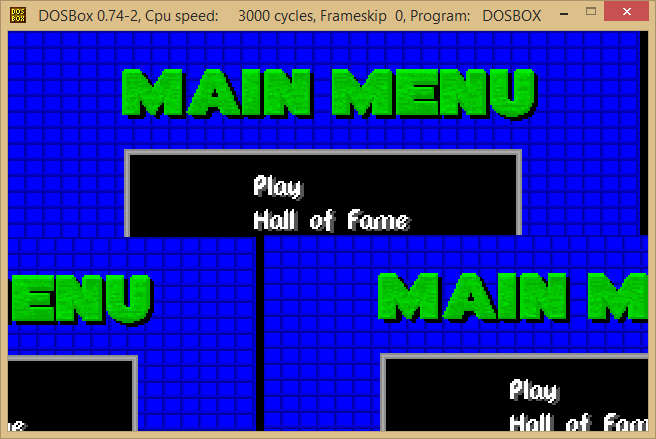 Lemmings (1991)The first outing for Lemmings, the puzzle-platformer video game originally developed by DMA Design in Dundee, Scotland.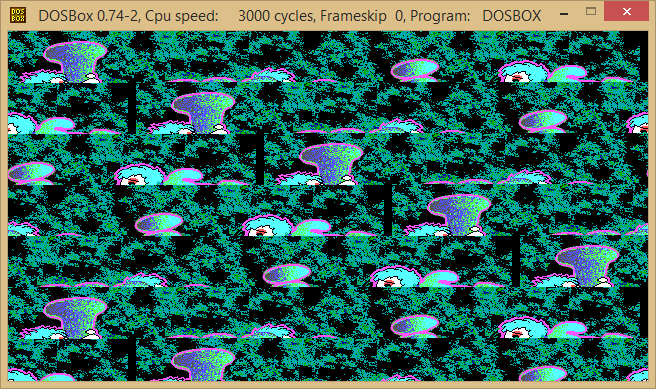 Magenta's Maze (2017)Opening screen for a game by Gibdon Moon Productions, your goal is to guide an algebraic spirit to find number cubes in a forest, to cast a magic spell by solving the roots of a polynomial.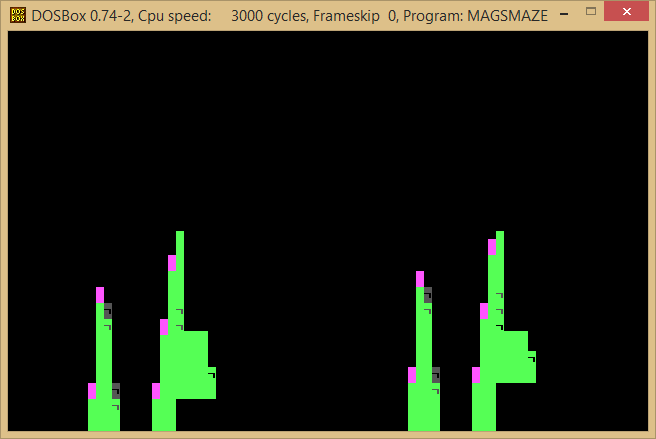 MARIO & LUIGI (1994)Small Super Mario DOS game made by Mike Wiering as a way to practice VGA programming.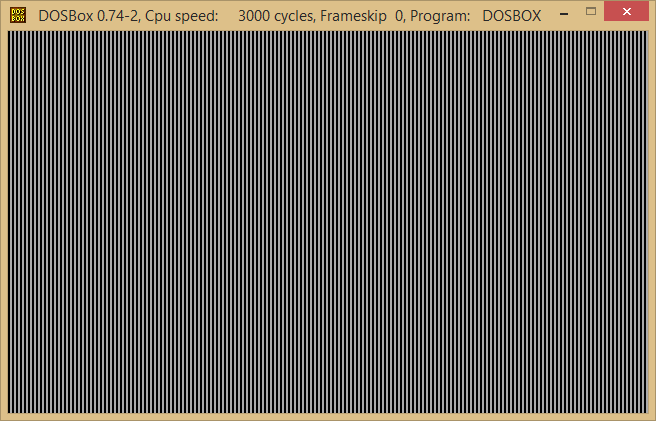 Written by Clive "James" Python, 2019-07-09. https://owlman.neocities.org/library/midnight/51.html https://web.archive.org/web/*/https://owlman.neocities.org/library/midnight/51.html
|